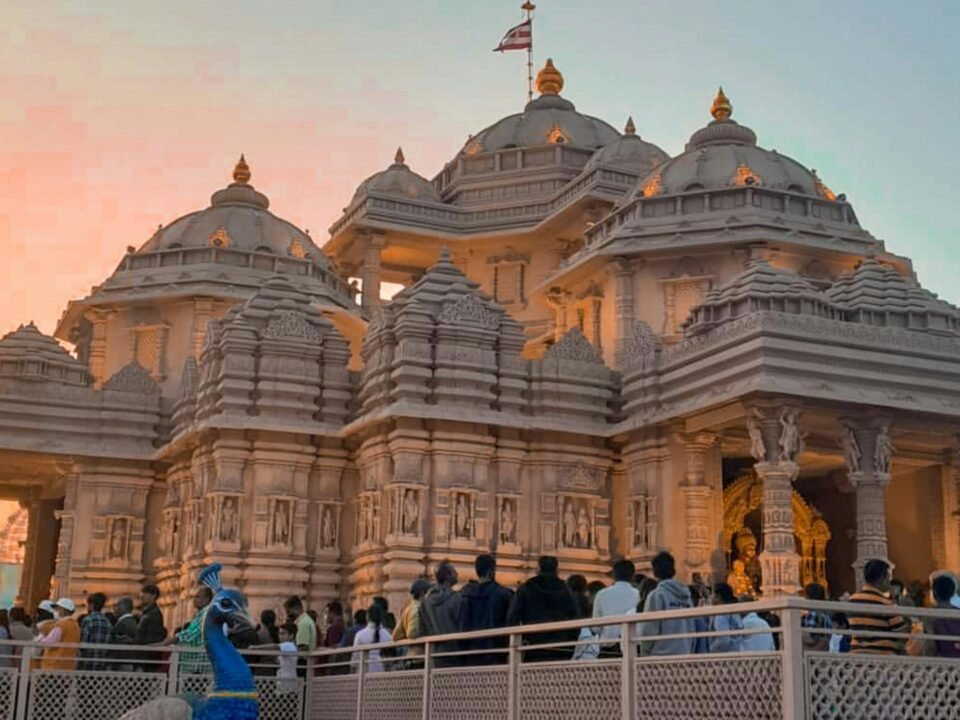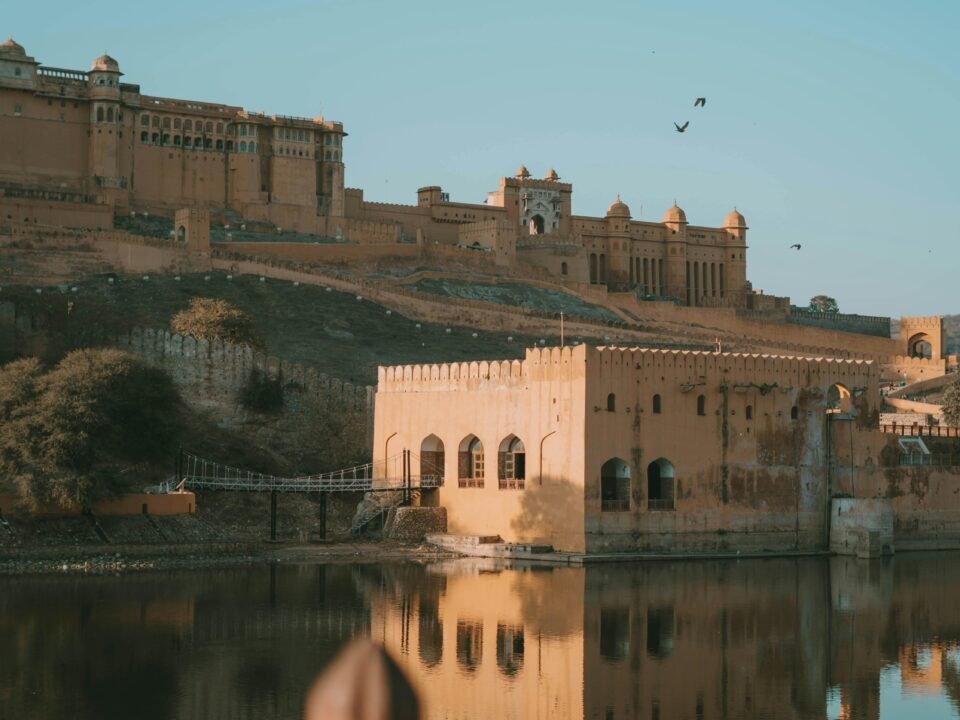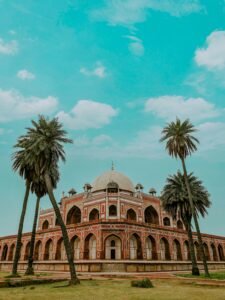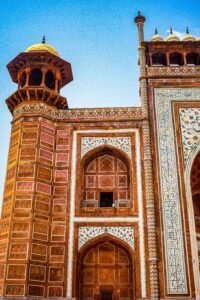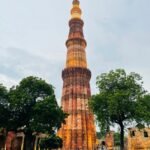

Qutub Minar: A Towering Testament to History
June 30, 2024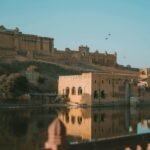

Amer Fort: Jewel of Rajasthan
July 3, 2024Explore the Historical and Cultural Significance of India Gate
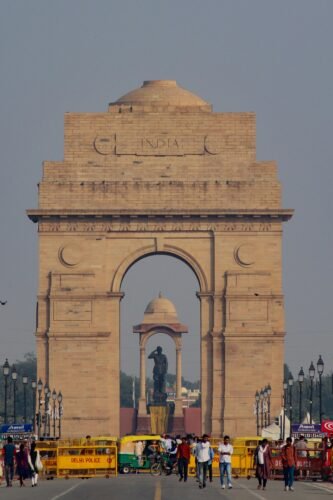

Introduction to India Gate
Located in the heart of the capital city, Delhi, India Gate stands as one of the most iconic monuments in India. This imposing structure is not merely a gateway but a solemn war memorial dedicated to the soldiers of the British Indian Army who lost their lives during World War I. The foundation stone of India Gate was laid in 1921, and the monument was completed in 1931, designed by the renowned British architect Sir Edwin Lutyens.
India Gate rises to a height of 42 meters and is constructed from red and pale sandstone, a testament to Lutyens' neoclassical architectural style. The monument's grandeur is accentuated by its intricate bas-reliefs and inscriptions that honor the fallen soldiers. The names of over 13,000 servicemen, including officers and soldiers from India and the United Kingdom, are inscribed on its surface, making it a poignant symbol of sacrifice and valor.
The purpose behind the construction of India Gate was twofold: to serve as a memorial for the soldiers and to act as an architectural focal point in the newly designed capital of Delhi. The monument is strategically situated at the eastern end of the Rajpath, a ceremonial boulevard that leads up to the Rashtrapati Bhavan, the official residence of the President of India. This location heightens its status as a must-visit place in Delhi, drawing millions of visitors every year.
In addition to its historical significance, India Gate has also become a vibrant cultural hub in Delhi. The surrounding lawns are a popular spot for picnics, evening strolls, and cultural events, making it a living monument that continues to bring people together. As the sun sets, the monument is beautifully illuminated, casting a serene glow that adds to its majestic presence.
Thus, India Gate stands as a timeless tribute to the bravery of soldiers, a marvel of architectural prowess, and a beloved landmark that captures the essence of Delhi's rich historical and cultural heritage.
Architectural Design and Features
The India Gate in Delhi stands as a monumental testament to India's rich history and its enduring architectural heritage. Designed by Sir Edwin Lutyens, the structure is an amalgamation of Western and Indian architectural elements, symbolizing both the colonial past and the journey towards independence. The archway, standing at a majestic height of 42 meters, is reminiscent of the Arc de Triomphe in Paris, yet it embodies distinct features that are uniquely Indian.
Constructed primarily of red and pale sandstone, the India Gate exudes a sense of grandeur and solidity. The arch is adorned with intricate carvings and inscriptions that commemorate the 70,000 Indian soldiers who laid down their lives during World War I. The names of these brave soldiers are etched into the walls of the monument, serving as a poignant reminder of their sacrifice.
One of the most significant features of the India Gate is the Amar Jawan Jyoti, or the Flame of the Immortal Soldier, which burns perpetually beneath the arch. This eternal flame was added in 1971 to honor the soldiers who fought in the Indo-Pakistani War of 1971. The Amar Jawan Jyoti consists of a black marble plinth with a rifle placed on it, crowned by a soldier's helmet, and is guarded by soldiers from the Indian armed forces.
The architectural design of India Gate incorporates a blend of Western classical style and Indian motifs, making it a unique landmark in Delhi. The use of both styles is symbolic, reflecting India's colonial history while also representing its resilience and spirit of independence. The monument's location at the heart of New Delhi adds to its significance, making it a must-visit place for anyone looking to delve into the historical and cultural fabric of India.
Cultural and Social Significance
India Gate, located in the heart of Delhi, holds immense cultural and social significance in contemporary India. This monumental structure stands as a venue for numerous national events, parades, and public gatherings. A focal point during Republic Day celebrations, India Gate witnesses a grand parade that showcases India's rich cultural heritage and military prowess. This annual event draws thousands of spectators, including dignitaries, citizens, and tourists, making it a cornerstone of national pride.
Beyond national holidays, India Gate in Delhi is a bustling center for various public activities and peaceful demonstrations. Its vast, open spaces and serene surroundings make it an ideal locale for citizens to congregate, whether for celebration or reflection. The monument's eternal flame, Amar Jawan Jyoti, serves as a poignant reminder of the sacrifices made by Indian soldiers, inviting visitors to pay their respects and contemplate the nation's history.
Moreover, India Gate has become a vibrant hub for both tourists and locals. The site attracts a diverse array of visitors who come to admire its architectural grandeur, enjoy leisurely strolls, or partake in recreational activities. Street vendors, photographers, and food stalls contribute to the lively atmosphere, creating a microcosm of Delhi's dynamic urban culture.
As a symbol of national pride, India Gate fosters a sense of unity and patriotism among Indians. It acts as a communal space where people from different backgrounds can come together to celebrate their shared heritage. The monument's enduring presence and its role in significant national ceremonies underscore its importance as more than just a historical landmark, but as a living, breathing part of India's cultural fabric.
Visiting India Gate: Tips and Recommendations
India Gate, located in the heart of New Delhi, is a must-visit landmark that offers a blend of historical significance and serene beauty. To make the most of your visit, timing is crucial. The best time to visit India Gate is in the early morning or late evening when the weather is more pleasant, and the monument is less crowded. An evening visit also allows you to witness the mesmerizing light show that illuminates India Gate, enhancing its grandeur.
Accessibility to India Gate is convenient as it is well-connected by public transportation. Visitors can take the metro to the Central Secretariat or Barakhamba Road stations, followed by a short rickshaw or taxi ride. For those driving, parking facilities are available nearby, though spaces can fill up quickly during peak hours.
Surrounding India Gate are well-maintained gardens that offer a perfect spot for a leisurely stroll or a picnic. These gardens are particularly inviting during the cooler months from October to March. Additionally, the recently inaugurated National War Memorial, located close to India Gate, provides a poignant complement to your visit, honoring the bravery of Indian soldiers.
When planning your visit, it’s advisable to carry water, wear comfortable footwear, and dress appropriately for the weather. There are several amenities around India Gate, including food vendors, restrooms, and seating areas, ensuring a comfortable experience for tourists.
Security measures are in place to ensure the safety of visitors. It is important to adhere to the guidelines set by the authorities, such as not littering and respecting the sanctity of the monument. Security checks are routine, so carrying minimal belongings can expedite your entry.
To enhance your visit, consider exploring nearby attractions such as the Rashtrapati Bhavan, Parliament House, and Connaught Place. Each of these sites offers a unique glimpse into the rich history and culture of Delhi.


